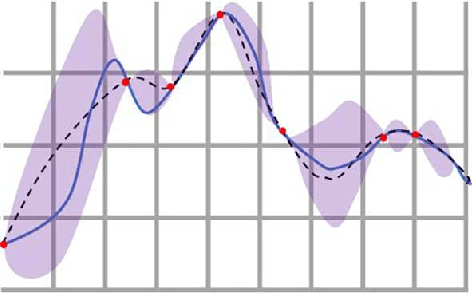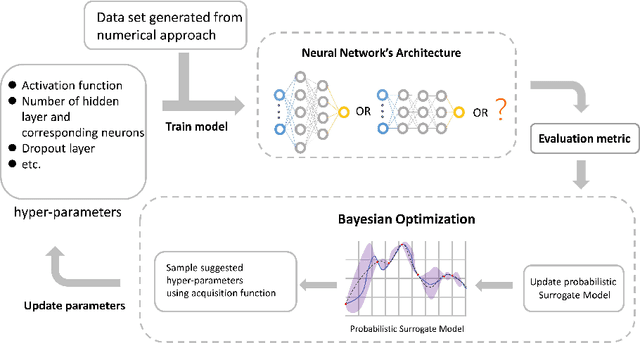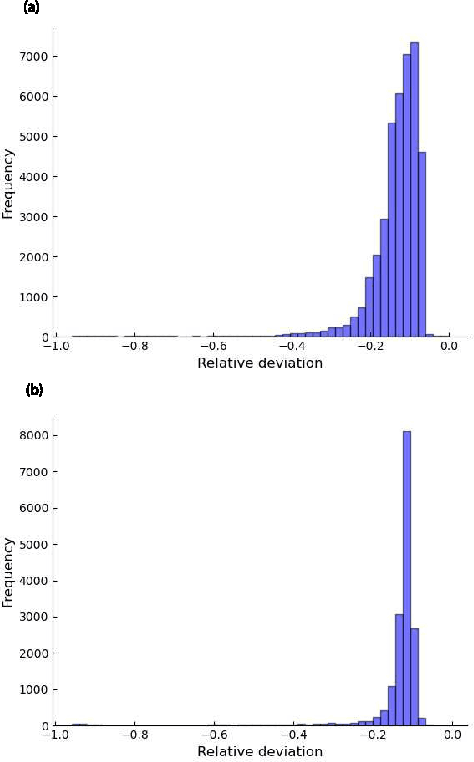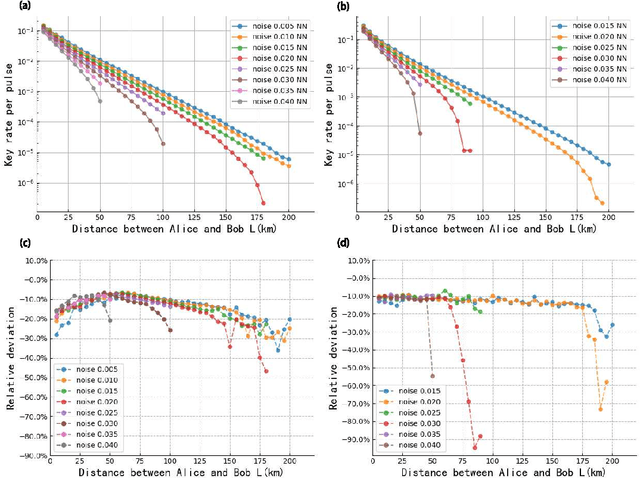Zhi-Ping Liu
Quantum Neural Network for Quantum Neural Computing
May 15, 2023Abstract:Neural networks have achieved impressive breakthroughs in both industry and academia. How to effectively develop neural networks on quantum computing devices is a challenging open problem. Here, we propose a new quantum neural network model for quantum neural computing using (classically-controlled) single-qubit operations and measurements on real-world quantum systems with naturally occurring environment-induced decoherence, which greatly reduces the difficulties of physical implementations. Our model circumvents the problem that the state-space size grows exponentially with the number of neurons, thereby greatly reducing memory requirements and allowing for fast optimization with traditional optimization algorithms. We benchmark our model for handwritten digit recognition and other nonlinear classification tasks. The results show that our model has an amazing nonlinear classification ability and robustness to noise. Furthermore, our model allows quantum computing to be applied in a wider context and inspires the earlier development of a quantum neural computer than standard quantum computers.
* 10 pages, 6 figures
Automated machine learning for secure key rate in discrete-modulated continuous-variable quantum key distribution
Jan 24, 2022



Abstract:Continuous-variable quantum key distribution (CV QKD) with discrete modulation has attracted increasing attention due to its experimental simplicity, lower-cost implementation and compatibility with classical optical communication. Correspondingly, some novel numerical methods have been proposed to analyze the security of these protocols against collective attacks, which promotes key rates over one hundred kilometers of fiber distance. However, numerical methods are limited by their calculation time and resource consumption, for which they cannot play more roles on mobile platforms in quantum networks. To improve this issue, a neural network model predicting key rates in nearly real time has been proposed previously. Here, we go further and show a neural network model combined with Bayesian optimization. This model automatically designs the best architecture of neural network computing key rates in real time. We demonstrate our model with two variants of CV QKD protocols with quaternary modulation. The results show high reliability with secure probability as high as $99.15\%-99.59\%$, considerable tightness and high efficiency with speedup of approximately $10^7$ in both cases. This inspiring model enables the real-time computation of unstructured quantum key distribution protocols' key rate more automatically and efficiently, which has met the growing needs of implementing QKD protocols on moving platforms.
 Add to Chrome
Add to Chrome Add to Firefox
Add to Firefox Add to Edge
Add to Edge